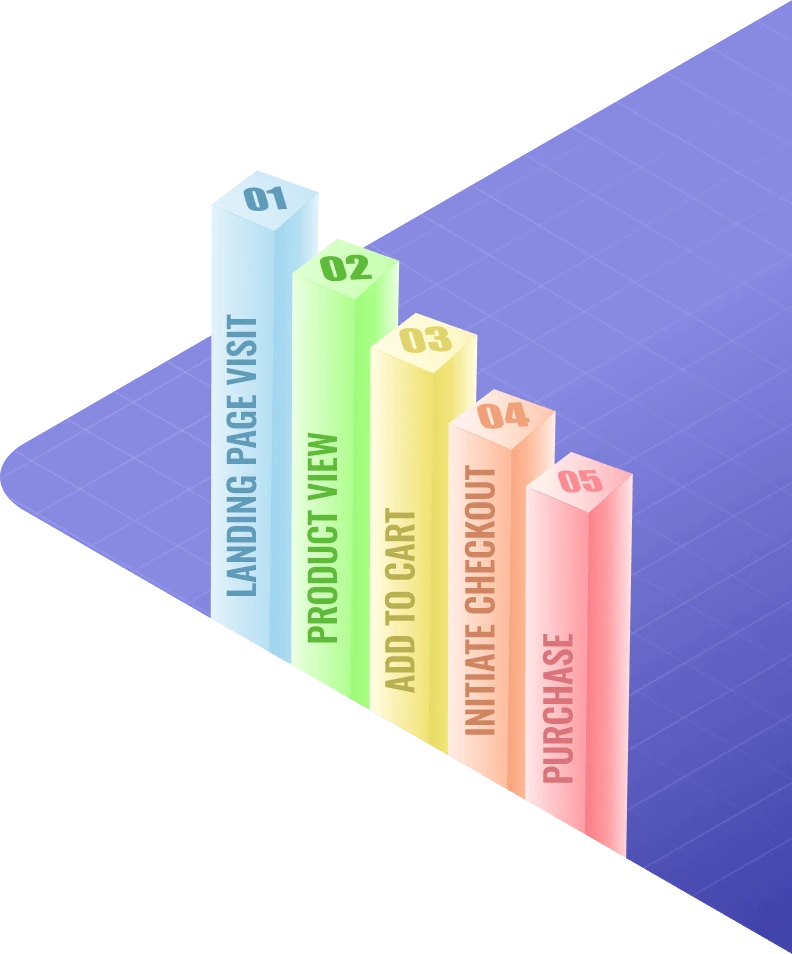Did you know that 36.5 percent of shoppers claimed that they would purchase products from a brand they are loyal to, no matter the price? This means that individuals with brand loyalty are willing to pay a premium on your products, even if they find them for cheaper elsewhere.
Brand loyalty has never been more crucial — and to attain brand loyalty, you’ll have to know your audience. Here are our top steps for learning about your brand audience and truly testing who to serve ads and sell to in 2020.
Invest in Consumer Psychology
Before we can truly target and test messaging on potential audiences, we have to get inside a consumer’s mind. Investing in consumer psychology studies is the best way to do so.
Consider sending a consumer survey to your past purchasers. Ask them not only about the products they’ve purchased but also about what new products or services they enjoy from your brand.
Ask them to identify recent posts or launches that you’ve promoted. This will give you information on your brand awareness. If consumers are able to identify your recent posts, they have a high potential for repeating purchases.
Finally, surveys and focus groups can also give you vital information on what could potentially make your consumers convert. Are they enjoying higher-ticket items? Or items that were put on sale recently?
Use consumer psychology methods such as consumer surveys and focus groups to better orient your audience targeting.
Do You Know Your Audience? Test and Test Again
So you’ve done your consumer psychology research. Through focus groups, surveys, or simple fact-digging, you have an idea of what kinds of people may love your brand and products.
Now it’s time to put your hypotheses to the test. One of the easiest, albeit non-free methods to do so is through Facebook ads.
In quarter three of 2019, there were 7 million active advertisers using Facebook ads. Facebook continues to dominate as an advertising space that offers insights into audiences.
While Google and Bing search ads can also give you insight into who clicks and converts on your ads, Facebook actually allows you to target based on consumer interests. This will most effectively allow you to test your consumer audience hypotheses.
Optimizing Audiences through Facebook Ads
So you’ve decided to take the plunge into testing audience interests on Facebook ads. Where do you start?
First, create a Facebook ads account, and link this to your official Facebook and Instagram brand pages. Ensure that your payment method is included on your account and approved.
Next, create or work with your creative branding team to make product or service ads. What is your most popular product or service? Create video and image ads that call out the most effective uses for your offerings.
Finally, it’s time to build and test out your audiences. What have you determined that your target consumers know and love? Break these out into different lead or conversion-oriented Facebook campaigns.
Building Interest Audiences
Next, build out ad sets based on these interests. For example, if you believe individuals who love working out and sports may purchase your electric blender, then break out an ad set that targets individuals with interests in exercise, sports science, working out, powerlifting, soccer, basketball, etc.
Build out two to five audiences with similar hypothesized interests. The number of interests and ad sets you to build will be determined by your ad budget.
Finally, ensure that you exclude each interest from ad sets 1-4 from the ad set 5, and vice versa. If you do not exclude each interest from the following ad sets, you won’t be able to properly test which interests are actually performing better for your brand.
Now you’re ready to start running Facebook ads! Upload your ads and get ready to make crucial decisions in the following days. Kill ad sets that don’t perform well after your predetermined ad spend budget, and reallocate your budgets to ad sets that do perform well.
Now you’re on your way to truly get data that will help you know your audience.
Cultivate Loyalty
Creating community and cultivating loyalty is the best way to carry your business far into the future. Build a Facebook group or post-open-ended questions and threads across your social media channels.
To get people talking on your platforms, you’ll have to consider what individuals seek when it comes to your brand. How do your products or services make their lives easier, more productive, or more beautiful?
Speak to how your brand benefits their well-being and you’ll be steps ahead of cultivating brand loyalty and ultimately knowing and targeting your key audiences.
Know Your Audience with Data
Knowing your audience doesn’t have to cost you a fortune. By first connecting with your current customers, you can get a good grasp on consumer psychology and hypothesize what makes them click and convert on your website or in-store.
Having in-depth focus groups or surveys will then allow you to guess at which parallel interests your consumers also have. Selling pet supplies? Your consumers may also have an interest in large-scale pet supply companies.
Next, you can use Facebook ads to actually target individuals who have shown interest in competitors or parallel niches. Build out multiple ad sets with different interests to truly test which interests push people to convert for you, too.
Finally, use this information to create amazing online content that truly connects with your potential customers and their interests. Then, use this content to create an online community that builds upon itself and helps you to really know your audience.
Ready to learn how to further build your business with SEO Service and online following? Explore more on the Trigger Digital blog today.


